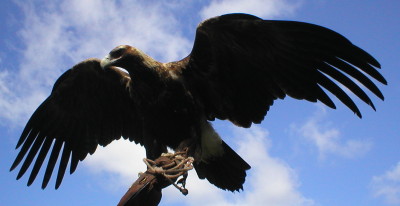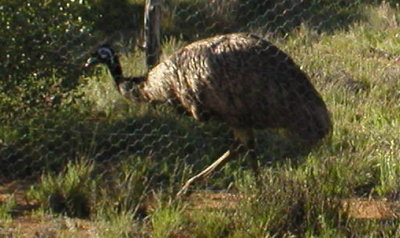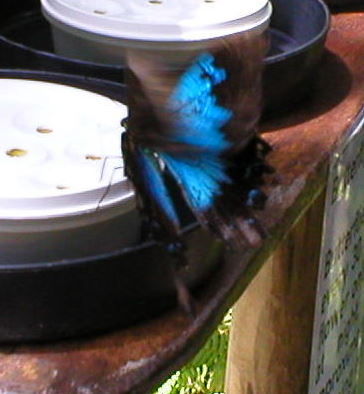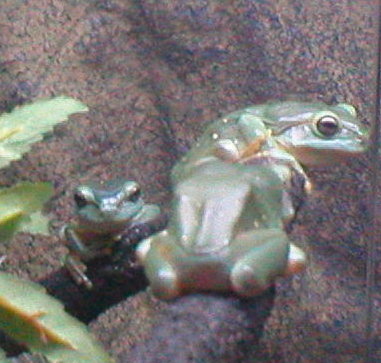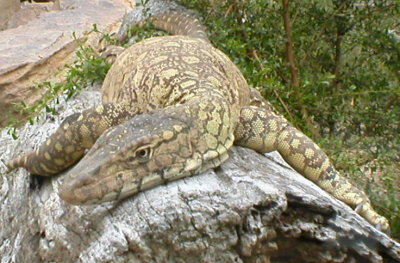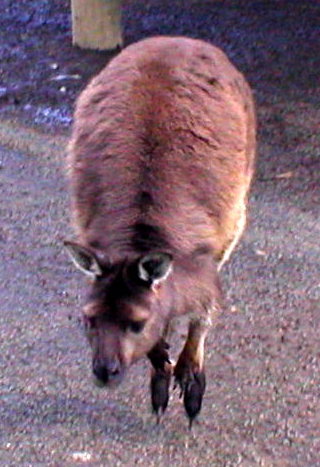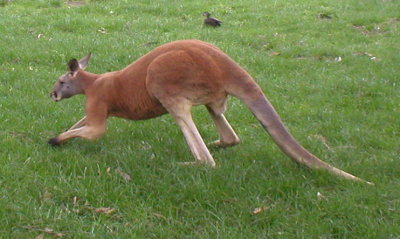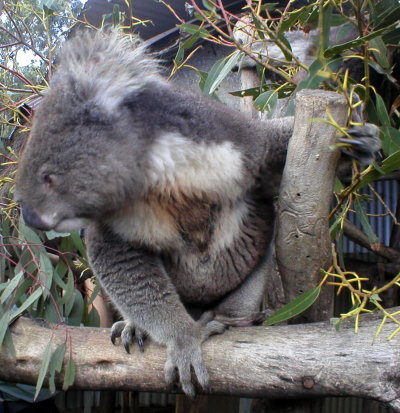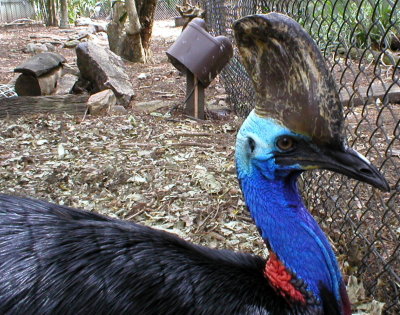![]()
![]()
![]()
![]()
jatū
Line 4 of the Kēlen Jabberwocky:
to makīmaþālen masāknenūren to macūcū matū ñi ma rū ma pēxa cī;
(See Nov 7th’s post for an introduction.)
This is the word for bird, or flying thing really, since I hate birds and refuse to allow any on my planet. (Bats, on the other hand, are cool.) It’s been turned into an animate noun here, to match macūcū, and the assonance is not a coincidence. 🙂
ñi ma rū ma pēxa cī is “(one) be away from him/her/them”.
il ōrralon ñi jarewēλecāwāŋŋi ā jawēlrūlri rū jaxēwepōma āñ;
se jarāŋŋen mo jatēññāntetūrāŋŋeni; ñi japiēlkāhi tō jarōhāþi lā;
sere jakewāla to macāppacāe sapīra jasūpa sakāca jaþāla nā;
to makīmaþālen masāknenūren to macūcū matū ñi ma rū ma pēxa cī;
In the afternoon, the circular lizards did gyre and gimble around the shadow-stick.
The easily-annoyed thin-winged bird-spiders were annoyed.
The lost chicken-pigs make cough-cries!
Beware macāppacāe, its biting teeth, its many catching claws,
the frumious makīmaþālen, the macūcū bird
Be away from them.


